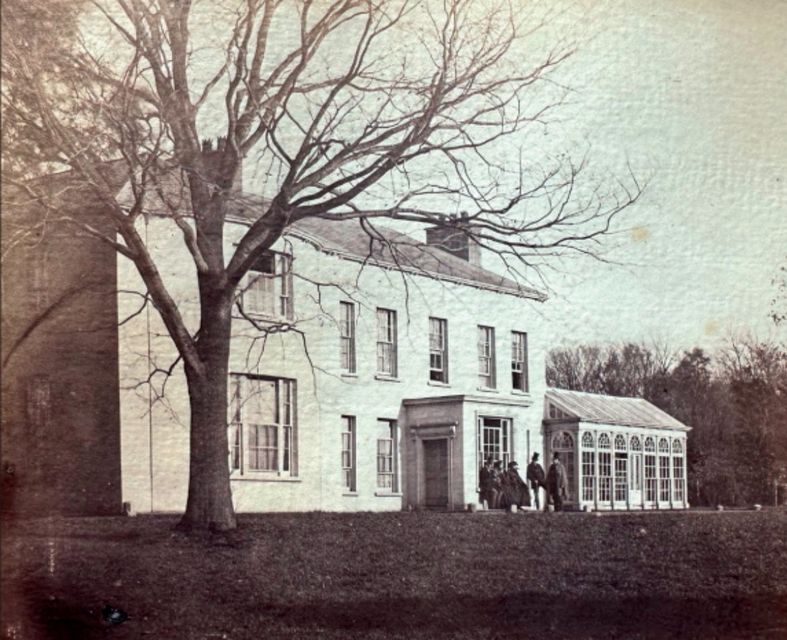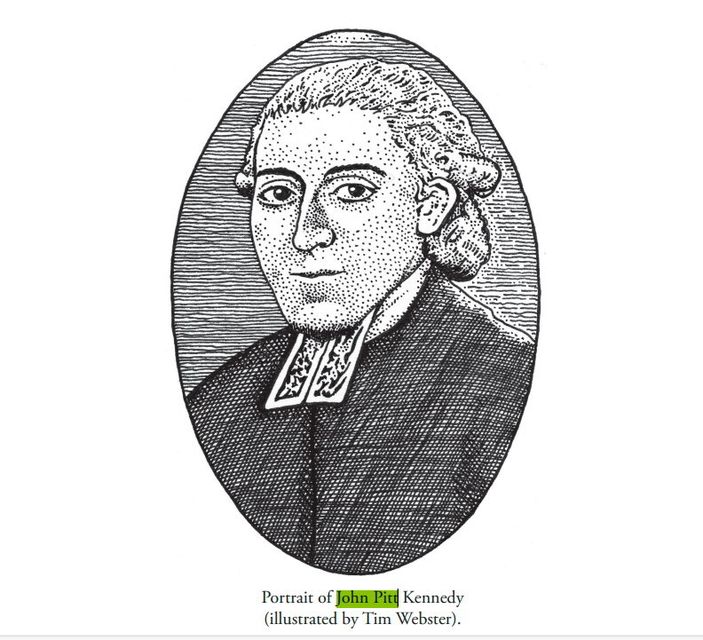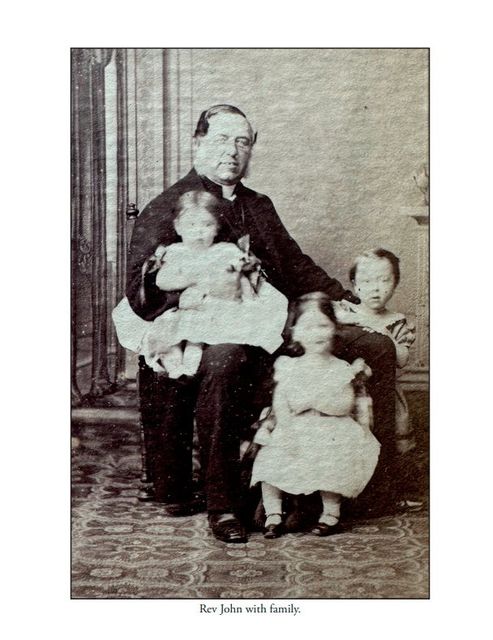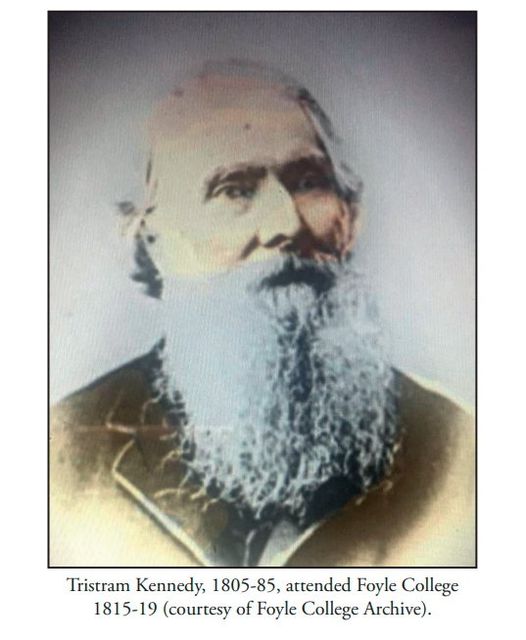A book has been released documenting the 250-year history of a house that sits in Derry’s St Columb’s Park.
It covers the history of St Columb’s and St Brecan’s churches, families who lived in what is now known as St Columb’s Park House, and the register of trees which allowed it to flourish into the space the public enjoys today.
The authors of St Columb’s Park House — The Hidden History were writer and broadcaster Ken McCormack, genealogist David Jenkins and former manager of Waterside Library, Hazel Philson.
It explains how the late-Georgian, stately manor house has seen “a fascinating mix of residents and visitors in its lifetime — all of them leaving an old-world imprint”.
“Visitors from the Irish Church (Anglican), the gentry, the legal profession, farming and the literary world have all left their mark.
“Many of the families are closely related through marriage, some involved in political intrigue and others in heartbreaking tragedy.”
Grace Uí Niallais, project co-ordinator for the Research, Educate, Animate Project at St Columb’s Park House, said she was delighted to launch the book.
“It has been a culmination of years of love for history from our group of dedicated volunteers and the generosity of the National Lottery Heritage Fund, who have funded the project and book publication,” she said.
“They spent the past five years investigating the history behind the house; solving mysteries, filling in blanks and correcting errors. This has been a journey well worth taking, as the resultant book that we have in front of us is a beautiful edition filled with unseen pictures and information.”
The earliest known photo of Chatham Lodge (now St Columb’s Park House) from the early 1800s.
The book says that despite the demesne of St Columb’s taking its name from Irish saint Colum Cille, it was the lesser-known evangelist, Saint Brecan, who 50 years before the foundation of Cille’s monastery in Derry in AD 546, built a church at Cluainte (the Meadows) in the park.
This church was the foundation block of several reincarnations which were built throughout the centuries, the present ruins dating from 1588.
From the Plantation, around 1600, this portion of land at St Columb’s Park was in the possession of the Irish Church.
Records show that, in 1783, the Rev John Pitt Kennedy was the first owner of the house.
Portrait of John Pitt Kennedy.
He named his new residence Chatham Lodge in honour of his illustrious relative, William Pitt the Elder, 1st Earl of Chatham and Prime Minister of Great Britain, who had died five years previously.
The sons of Rev John and Mary Pitt Kennedy went on to have successful careers, five attending King’s Inn in Dublin, and three pursuing military/naval careers.
Thomas, born in St Columb’s in 1789, became mayor in 1836 and 1837, and the three youngest sons were educated at Foyle College.
The third youngest, Tristram Kennedy, is credited with the establishment of legal education in Ireland and was instrumental in the creation of the Dublin Law Institute and the establishment of the Carrickmacross lace industry.
Rev John Pitt Kennedy.
Representing the Catholic electorate of Louth, Tristram stood as an Irish Liberal, Whig and Independent Irish Party candidate and served as MP for Co Louth during 1852-1857.
In 1809, the Rea family bought the house and it would be renamed St Columb’s in honour of the ancient Columban history which had preceded it.
Other families that lived in the house included the Bonds.
Detail is scarce about their time at St Columb’s, but one report in a local newspaper in 1847, in the throes of the Famine, said that an enormous turnip weighing 17lbs was grown in the gardens.
While living at St Columb’s, both the Rea and Cooke families carried out extensive planting of the demesne to enhance the avenue and grounds.
Tristram Kennedy who attended Foyle College.
By the end of the 17th century, a lot of Ireland’s natural woodland had been felled and timber was in short supply.
In the 18th century, landlords and tenants were encouraged to plant trees, receiving compensation on the expiration of their lease if they left the trees behind.
In May 1921, just as St Columb’s was about to be leased by Michael C Feeny, a local solicitor, the house was commandeered by the Northern Ireland government to become the headquarters of the A Specials (USC).



